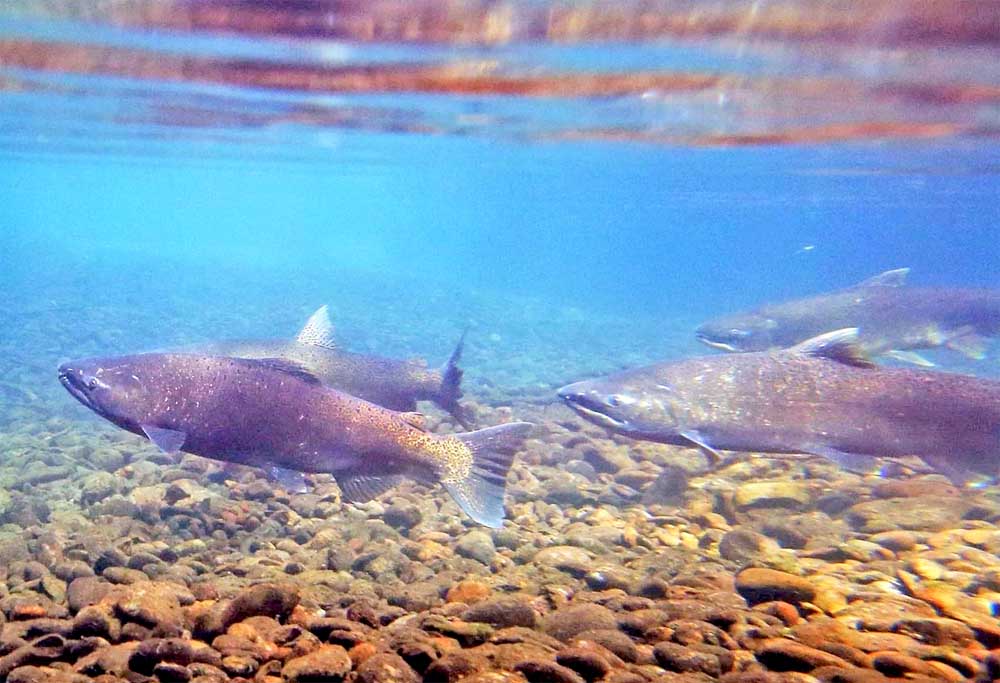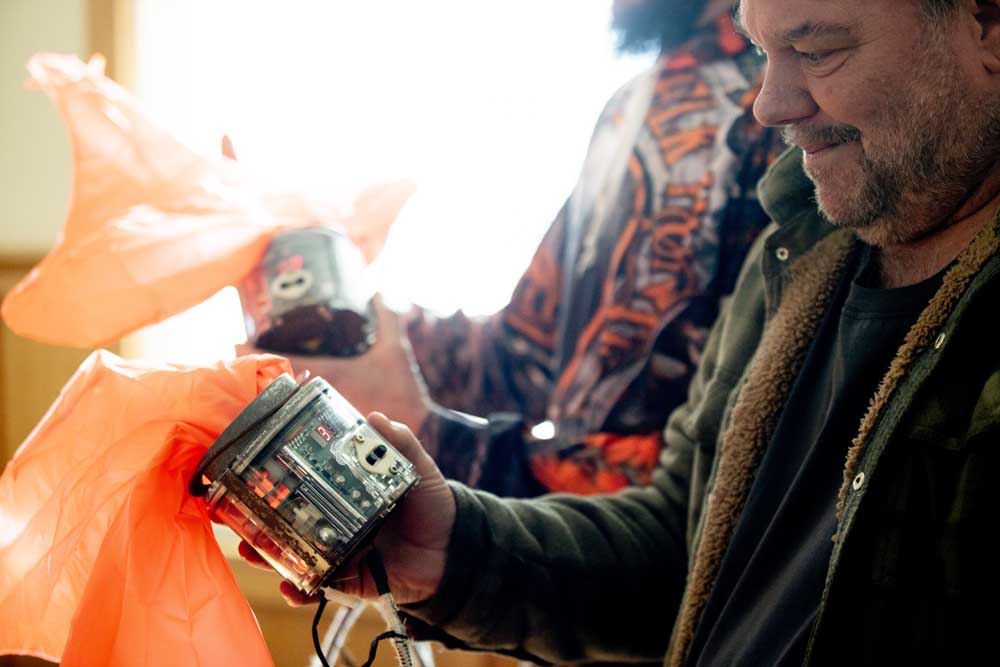NOAA sees good ocean conditions for salmon
Published 1:04 pm Monday, January 3, 2022

- Chinook salmon congregate in a spawning channel.
Ocean conditions look better than they have in years, which could be good news for salmon.
Trending
The National Oceanic and Atmospheric Administration recently posted its ocean ecosystem indicators list. The list paints a picture of how the ocean is doing and what kind of world young, ocean-bound salmon are about to enter.
The list looks at a variety of factors, including the abundance of certain minuscule but key prey groups and large climate and atmospheric processes like seasonal upwelling, which brings nutrient-rich water to the surface.
‘Winter storms are important for mixing the upper ocean and setting the stage for larval fish and zooplankton development the following spring.’
Trending
Jennifer Fisher
Faculty research assistant with NOAA Fisheries
Researchers assign different colors to each indicator: green is good, yellow is fair and red is bad news.
This year, it’s mostly green lights all the way down the list — a far cry from the sea of red researchers and fishery managers saw beginning in 2014 when a marine heat wave struck the West Coast. The heat wave, known as “the Blob,” threw the ecosystem into flux for several years. West Coast fisheries weathered large and persistent harmful algal blooms and saw warm-water species in new places, as well as longer-term impacts on salmon returns.
Now researchers say they are cautiously optimistic about the outlook in the coming months.
The last time they saw ocean conditions this productive was in 2008. That year was the most productive year in the 24 years ocean condition information has been collected for the indicators list — 2021 is next in line.
But while the green lights on the list this year translate to good feeding conditions for species like salmon, there are some caveats.
Jennifer Fisher, a faculty research assistant with NOAA Fisheries, said the ocean environment is highly variable and the relationship between the indicators on the list and salmon can shift over time. With a changing climate it is difficult to know what will hold, she added. Nor does the list capture all of the processes that could impact salmon survival.
“The ocean indicators might point towards good feeding conditions for juvenile salmon,” Fisher said, “but these conditions might also be good for predators.”
Still, if current conditions hold, it could boost high returns of salmon in the years to come.
In the near term, Fisher and others will be watching winter ocean conditions.
“Winter storms are important for mixing the upper ocean and setting the stage for larval fish and zooplankton development the following spring,” Fisher said.
La Niña conditions are forecast to remain during the winter and into the spring. The climate pattern typically makes for colder waters in the Pacific Ocean, so cool, productive conditions are likely to continue.
“However,” Fisher said, “things can change, so it is good to remain watchful and cautious.”









